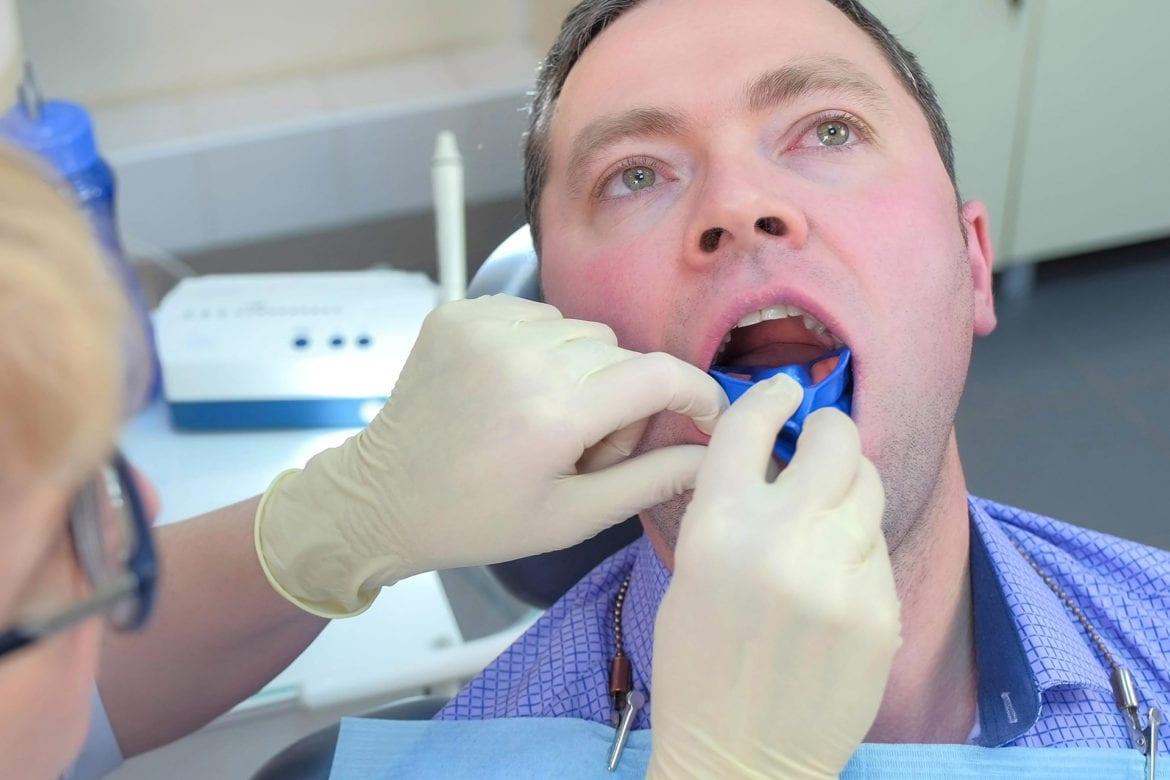Tooth decay remains one of the most common chronic diseases of childhood in the United States, but access to dental care is a challenge for many. Dental caries disproportionately affects poor, young, minority populations and children with special health care needs.
Good oral health is a necessary part of overall health, and poor oral health adversely impacts multiple chronic conditions. Failure to prevent caries has significant health, educational and financial consequences for individuals and society.
Simple prevention measures in the home and primary care settings can save health care dollars.
Pediatricians frequently see young children and provide guidance on nutrition and oral hygiene. Thus, they are uniquely positioned to participate in the primary prevention of dental caries.
An updated AAP clinical report from the Section on Oral Health aims to assist pediatricians in maximizing the use of fluoride for caries prevention while minimizing the risk of enamel fluorosis. It also clarifies the advice pediatricians should give regarding fluoride use in the home.
Toothpaste, fluoride varnish
The clinical report advises pediatricians on how to assess a child’s caries risk and fluoride exposures to inform fluoride decisions and provide targeted anticipatory guidance and education.
Recommendations that are unchanged from the 2014 report include use of fluoride toothpaste for all children as soon as the first tooth erupts. The quantity should be limited to a tiny “smear” or grain of rice until 3 years of age. After age 3, a pea-sized amount of fluoride toothpaste is recommended if the child can expectorate. Children should spit without rinsing, and the toothbrush should be the last thing to touch the teeth at night.
Fluoride varnish application now is considered standard of care in pediatric primary care. The United States Preventive Services Task Force (USPSTF) recommends that primary care clinicians apply fluoride varnish to the teeth of all infants and children starting at tooth eruption through age 5 years. All children in this age category should receive fluoride varnish application at least once every six months. Higher-risk children, including those with established dental caries, should have fluoride varnish applied every three months (four times per year) in the medical home.
Medicaid will pay physicians for the application of fluoride varnish in all 50 states.
USPSTF and Bright Futures recommendations are considered standard of care. The Affordable Care Act requires all public and private insurance plans to cover preventive care services without cost-sharing to patients or families.
The report highlights the administration, billing and payment information regarding the fluoride varnish procedure. The CPT code for fluoride varnish is 99188 and should be linked to ICD-10 code Z29.3, encounter for prophylactic fluoride administration.
Other sources of fluoride
Over-the-counter fluoride mouth rinses continue to be recommended only for children 6 years of age and older at high risk of caries.
Community water fluoridation provides topical and systemic fluoride exposure and aids in prevention of tooth decay. Water fluoridation is an effective and safe method of protecting the most vulnerable members of the population from dental caries. Pediatricians are…

